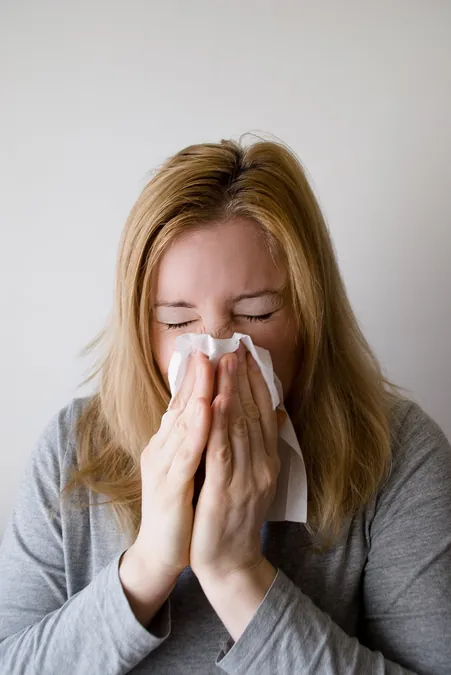
California’s Sniffly Season: A Battle Between Flu, RSV, and Low COVID-19 Rates
2025-01-04
Author: Ming
Overview
As the winter chill sets in, Californians are once again greeted by the familiar sounds of coughs and sniffles. This season's respiratory virus landscape is dominated by influenza and respiratory syncytial virus (RSV), while COVID-19 remains surprisingly subdued for now.
Current Trends
According to the California Department of Public Health, the positivity rate for the flu has jumped nearly 4 percentage points in just one week, now sitting at 13.2% as of December 14. In contrast, COVID-19's positivity rate is much lower at 2.3%, showing only a slight uptick from the previous week. The department typically shares updates every Friday, but the latest reports on respiratory viruses for the holiday season won't emerge until January.
Expert Insights
Dr. John Swartzberg, a clinical professor emeritus at UC Berkeley School of Public Health, noted that while COVID-19 cases are on the rise, the flu currently leads as the predominant concern. Since the onset of COVID-19 in late 2019, it has proved to be the deadliest respiratory virus tracked by the state. Nevertheless, the number of fatalities has significantly decreased over the past couple of years. From July 1 to now, California has recorded 1,873 COVID-related deaths, along with 89 fatalities from the flu.
Recent Data
After a summer surge extended into late August, COVID deaths have reached new lows, but recent signs indicate a potential uptick in cases, testing, and hospitalizations as the new year approaches. Swartzberg pointed to wastewater data indicating that COVID-19 levels are indeed rising across California and the entire United States.
Local Monitoring
In Santa Clara County, public health officials have been monitoring local wastewater to assess virus concentrations. Current reports show that COVID levels in the Bay Area have shifted from low to medium and are on the rise. Influenza and RSV have both been increasing since November, with RSV potentially reaching its peak.
Vaccination Updates
Despite the recent surge in respiratory viruses, the concentration of COVID-19 in local wastewater has been at its lowest in December in several years. Swartzberg remarked, "It's looking better than last year, and last year was the best winter we had." Vaccination rates for COVID-19 are down compared to the initial rollout, yet some communities maintain a degree of immunity resulting from the recent summer surge. However, the uptake for the latest COVID-19 vaccines has been seen as disappointing. On a more encouraging note, flu vaccination rates are higher, although they still lag behind early COVID-19 vaccinations.
RSV Vaccine Impact
A new RSV vaccine is making an impact, particularly for vulnerable populations such as young children and those over 75. This year, California has reported 21 deaths attributed to RSV since the respiratory season began, which is a significant decline from 33 reported by the same time last year.
Conclusion
With the changing dynamics of respiratory viruses this winter, Swartzberg emphasizes the importance of getting immunized: "Please get immunized. It's not too late." As we navigate the complicated terrain of respiratory illness this season, one thing is clear—staying informed and protected is paramount for the health of all Californians this winter.
Final Note
Stay safe and healthy as we head into 2024!


 Brasil (PT)
Brasil (PT)
 Canada (EN)
Canada (EN)
 Chile (ES)
Chile (ES)
 España (ES)
España (ES)
 France (FR)
France (FR)
 Hong Kong (EN)
Hong Kong (EN)
 Italia (IT)
Italia (IT)
 日本 (JA)
日本 (JA)
 Magyarország (HU)
Magyarország (HU)
 Norge (NO)
Norge (NO)
 Polska (PL)
Polska (PL)
 Schweiz (DE)
Schweiz (DE)
 Singapore (EN)
Singapore (EN)
 Sverige (SV)
Sverige (SV)
 Suomi (FI)
Suomi (FI)
 Türkiye (TR)
Türkiye (TR)